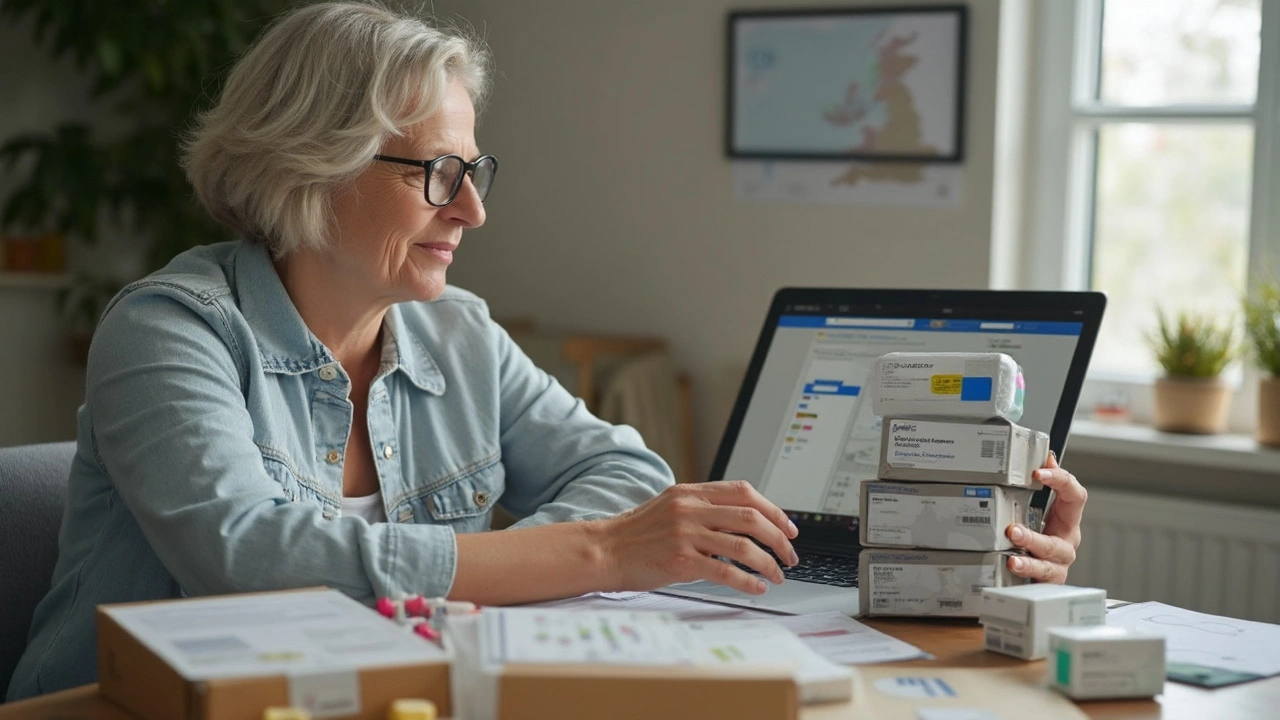Personal-use medication importation: how to order meds from abroad safely
Need a medication that’s cheaper or unavailable at home? Importing drugs for personal use is common, but it comes with rules and risks. This quick guide shows what to check before you click "buy," how to pick a safe seller, and what to do if customs holds your package.
Know the rules and paperwork
First, check your country’s customs and health authority pages. Rules vary: some places allow a small supply (often 30–90 days) with a prescription; others ban certain controlled drugs entirely. Don’t guess—download or screenshot the official guidance and keep it with your order.
Carry a clear prescription and, when possible, a doctor’s letter explaining why you need the medicine. Have the prescription in the medicine’s original language and translated if required. If you’re traveling, bring the original bottle and paperwork in your carry-on.
Pick a safe pharmacy and shipping method
Look for licensed online pharmacies that show a physical address and a licensed pharmacist contact. Avoid sites that only accept cryptocurrency, offer dramatically low prices, or refuse to ask for a prescription. Check independent reviews and pharmacy verification tools before you buy.
Choose tracked, insured shipping. Tracked mail reduces the chance of loss and gives you proof if customs questions the package. Discreet packaging is normal, but never lie on customs forms—declare what’s required in your country’s rules.
Watch out for controlled substances. Many pain meds, ADHD drugs, and some sleep medicines are restricted or banned for import. If your medicine is in that list, don’t try to import it without clear, written permission from local authorities.
Check expiration dates and lot numbers when the package arrives. If the packaging looks tampered with, the pill appearance is wrong, or there’s no batch info, stop using it and contact the pharmacy. Save photos and all messages—you’ll need them if you dispute the order.
What if customs seizes the package? Contact the shipping carrier and the online pharmacy immediately. They may provide documentation or replace the order. If you get a notice from customs, follow the steps listed—sometimes customs allows release with a medical letter or proof of prescription.
Can telemedicine help? Yes. Many reputable services let you get a valid prescription remotely. Use telemedicine that links to licensed pharmacies or gives a downloadable prescription you can present to customs.
Final practical tips: order only what you need, keep all receipts and communications, use a credit card for buyer protection, and ask the pharmacy for batch and manufacturer details if they’re not on the package. If you’re unsure at any step, call your national health regulator or customs office before you order. That saves time, money, and stress.

Importation Rules for Prescription Medications: What Patients Need to Know in 2025
This article unpacks the ins and outs of importing prescription meds for personal use in 2025, covering the latest quantity limits, declaration protocols, and packaging requirements. You’ll learn why some packages are flagged while others clear customs without a hitch. Find insider tips on handling paperwork, avoiding common mistakes, and making sense of legal loopholes that nobody really talks about. Perfect for patients trying to navigate the complex world of cross-border prescription drug orders. All facts are presented in simple, clear language for everyday readers.
